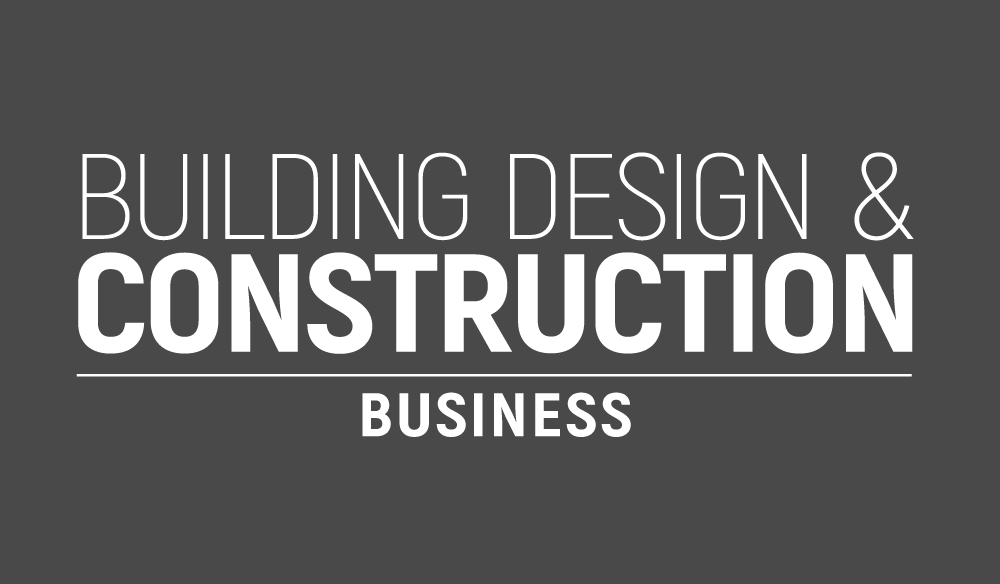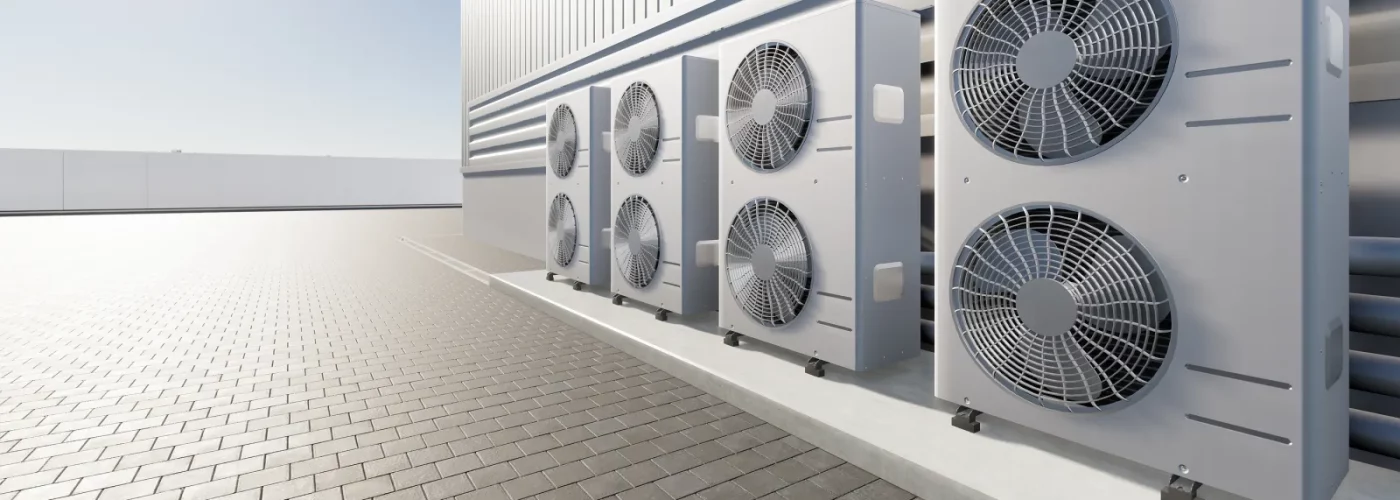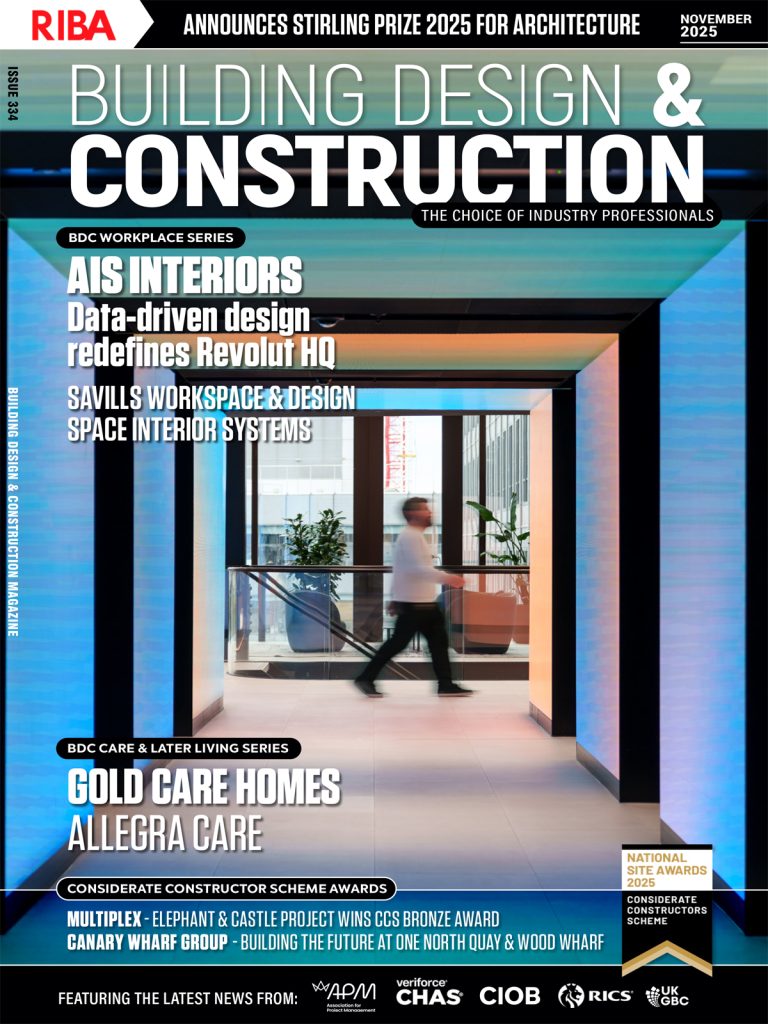Designing the right HVAC (heating, ventilation, and air conditioning) system is essential when building or remodeling any structure.
The HVAC system comes in handy in preserving indoor air quality, controlling temperature, and ensuring general comfort in any environment, whether residential, commercial, or industrial.
When designing an HVAC system for your new construction, keep the following points in mind:
Understand the building requirements
Understanding the building requirements is one of the most crucial things to consider when planning your air conditioning, heating, and ventilation systems. Understanding the requirements for the building should be your main focus. This calls for you to consider the dimensions and design of the area where the system will be set up.
To provide a better layout, the HVAC technicians should work closely with the architect, to help understand and compute the building’s requirements. Large, open office spaces are one example of a space type with varying cooling requirements and such spaces need special attention.
Buildings with multiple stories also require a different setup. The HVAC company should consider the size of the building, the local weather and climate zone when coming up with a design.
Know the available space for the HVAC system.
Another important consideration is the amount of room needed to install the HVAC equipment. Depending on the building’s size and architecture, the HVAC system may require specific space for components like air handlers, condensers, and ducting.
To create a system that works well within the building’s limitations and permits adequate ventilation and maintenance access, your contractors should carefully evaluate the available area.
It’s from the available space that they will decide the size of the HVAC system they should get and how to strategically install it for the best results.
Consider energy efficiency and sustainability.
The most important considerations when constructing an HVAC system for your new construction are sustainability and energy efficiency. Sustainable approaches sustain reduced utility prices and significantly cut energy consumption.
Supporting a greener environment also lessens the impact on carbon footprints. To maximize functionality, the contractors you are working with should plan and design energy-efficient systems with sustainable technology, such as variable refrigerant flow systems, high-efficiency heat pumps, and smart thermostats.
Better sustainable designs should consider renewable energy sources, such as solar panels, and pertinent solutions. The system that you go for should encourage keeping expenses down and maximizing energy efficiency.
Pay attention to health and safety requirements
Proper ventilation is necessary to provide clean air in an interior environment. You should design your system in such a way that the pollutants and other dangerous substances are removed in a carefully planned manner.
You also should ensure that your system regulates humidity and prevents the entry of hazardous compounds such as carbon monoxide.
The plan should include installing a robust air filtration system to provide better ventilation. The HVAC experts should carefully calculate the available area and design the system to provide optimum airflow and improved temperature and indoor air quality.
Ensure proper installation of the ductwork
When constructing a system, it is important to consider adequate ductwork installation. Design based on size, insulation, and ducting to provide appropriate air circulation. To maintain optimum interior air quality, ducts and ventilation must be installed appropriately, including fresh air intake and exhaust.
The HVAC technician should follow standard practices for duct design and installation. Air flow distribution and cooling loads are other essential factors to consider.
The load calculation requirements for a building are determined by its size, area, orientation, and insulation. It is best to consider the cooling load when developing it.
Ensure compliance with the industry standards
Designing an HVAC system requires adherence to industry standards. HVAC contractors are subject to several laws and guidelines that they must adhere to.
When implementing these systems in commercial buildings and other facilities, the engineers and contractors must abide by the building requirements and local legislation.
Let’s say you develop and create a system that complies with building codes and the local regulatory framework. In such a scenario, the system will be better installed and perform flawlessly, lasting a long time.
Think about redundancy and reliability.
In the event that a system or piece of equipment fails, commercial buildings require backup solutions to continue operating. When creating your HVAC system, keep this issue in mind.
Be cautious to incorporate appropriate safety requirements into your design. Suggest top-notch equipment and systems for installation. The greatest ways to give the system and equipment long-term functionality and a long lifespan are high-quality equipment and guaranteed components.
Remember that purchasing high-quality equipment and parts helps avoid costly repairs and damages.
Plan for better system integration.
Your contractor should plan for improved HVAC system integration. The heating and cooling system should be well-connected to the building’s automation system for easier centralized control. This type of connection also makes monitoring and optimization of energy levels easy, as well as better control of energy use and performance.
Planning should consider the system’s integration with advanced technical solutions and devices.
Many business buildings and shopping malls use smart gadgets to connect to their systems. Heating, ventilation, and air conditioning systems should be interoperable and complete enough to work with modern gadgets and smart systems.
Understand the cooling loads.
Designing an HVAC system that can efficiently control indoor temperatures requires understanding the building’s cooling loads.
The cooling load requirements are influenced by several factors, including equipment heat gain, building orientation, insulation, and occupancy levels.
Mechanical contractors should apply load calculation techniques to find the correct HVAC system configuration and capacity to satisfy the space’s cooling needs.
Parting shot
These are some of the things to consider when designing an HVAC system for your new construction. For a great experience, ensure that you work with a professional HVAC contractor.
The professional will oversee the system’s appropriate planning and design in compliance with the construction rules and regulatory frameworks. To plan and develop complex systems based on sustainable principles, professional contractors have access to the best engineers and skilled architects who will work together to give you a system that will serve you for a long time.





